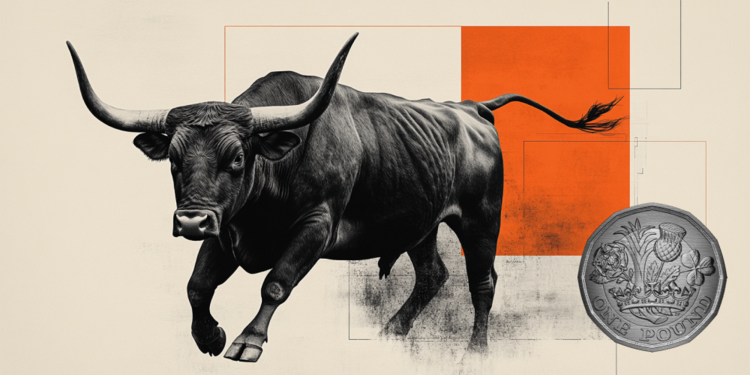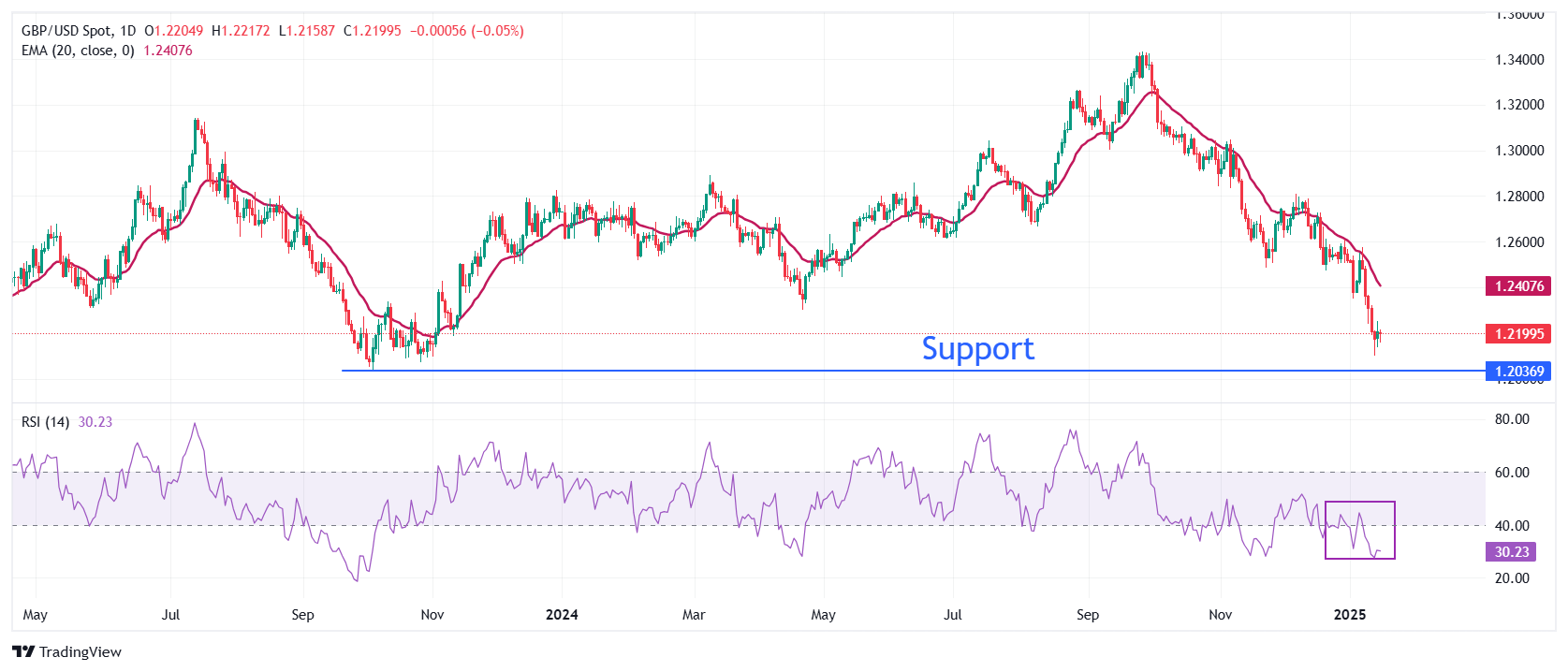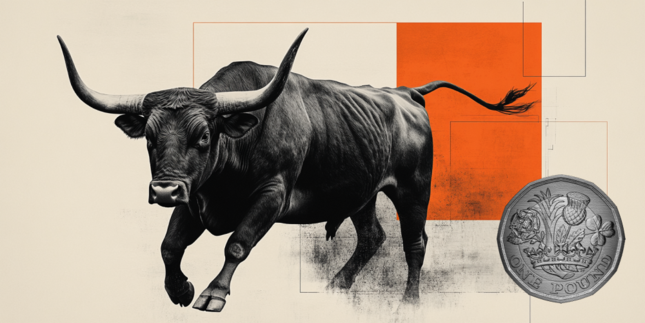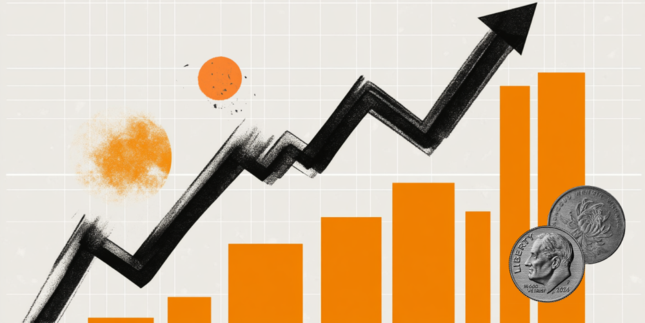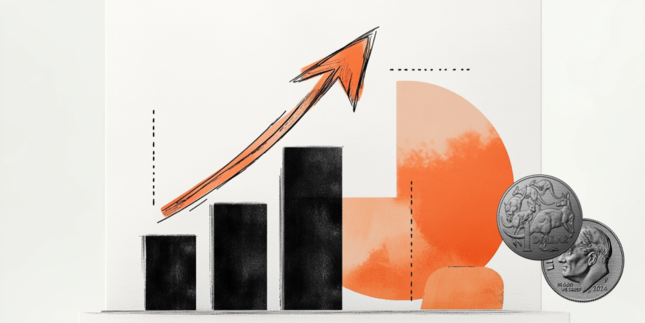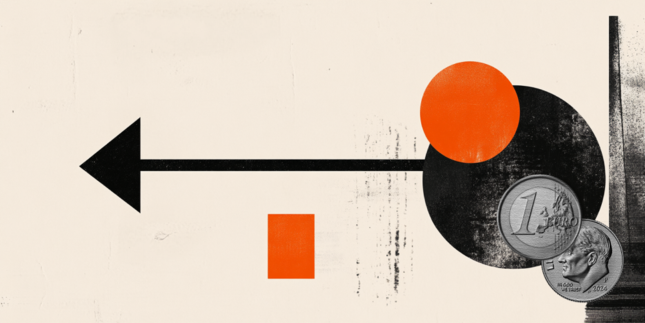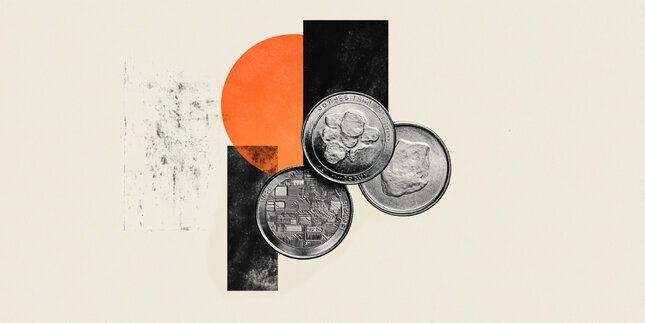Pound Sterling rebounds as soft UK inflation weighs on gilt yields
- The Pound Sterling rebounds after a softer-than-expected UK CPI report for December.
- Soft UK inflation data would prompt traders to price in a higher number of BoE interest rate cuts for the year.
- The US Dollar corrects after slower-than-expected US PPI data, awaiting the US CPI report for December.
The Pound Sterling (GBP) recovers in Wednesday’s London session after the release of the United Kingdom (UK) Consumer Price Index (CPI) report for December, which revealed that inflationary pressures grew moderately. The CPI report showed that annual headline inflation surprisingly rose at a slower pace of 2.5% compared to 2.6% in November. Economists expected the inflation data to have accelerated to 2.7%.
On a monthly basis, headline inflation rose by 0.3%, faster than the 0.1% growth in November but slower than estimates of 0.4%.
The core CPI – which excludes volatile items such as food, energy, oil, and tobacco – grew by 3.2% year-over-year, slower than estimates of 3.4% and the former reading of 3.5%.
Services inflation, a closely watched indicator by Bank of England (BoE) officials, decelerated to 4.4% from 5% in November. This sharp slowdown would force the BoE to cut interest rates faster this year than in 2024. Technically, the layout is unfavorable for the Pound Sterling but the currency might rebound as it is likely to bring a pause to surging UK gilt yields. 30-year UK gilt yields tumble to near 5.38% from a more-than-26-year high of 5.47%.
Earlier, the British currency was underperforming as rising yields on UK gilts jeopardized Chancellor of the Exchequer Rachel Reeves’ decision not to fund day-to-day spending through foreign borrowings. UK yields surged as market participants turned cautious over the UK economic outlook on the back of a likely trade war with the United States (US). President-elect Donald Trump is expected to raise import tariffs heavily, a scenario that will falter the UK’s export sector, being one of the leading trading partners of the US. Slowing price pressures would pave the way for the BoE to cut interest rates in the policy meeting in February, a scenario that will result in an acceleration in business activity that will improve the UK economic outlook.
British Pound PRICE Today
The table below shows the percentage change of British Pound (GBP) against listed major currencies today. British Pound was the strongest against the US Dollar.
| USD | EUR | GBP | JPY | CAD | AUD | NZD | CHF | |
|---|---|---|---|---|---|---|---|---|
| USD | -0.01% | -0.15% | -0.74% | -0.08% | -0.23% | -0.27% | -0.08% | |
| EUR | 0.01% | -0.13% | -0.73% | -0.08% | -0.21% | -0.26% | -0.07% | |
| GBP | 0.15% | 0.13% | -0.61% | 0.06% | -0.08% | -0.14% | 0.07% | |
| JPY | 0.74% | 0.73% | 0.61% | 0.65% | 0.51% | 0.45% | 0.67% | |
| CAD | 0.08% | 0.08% | -0.06% | -0.65% | -0.15% | -0.19% | 0.01% | |
| AUD | 0.23% | 0.21% | 0.08% | -0.51% | 0.15% | -0.05% | 0.15% | |
| NZD | 0.27% | 0.26% | 0.14% | -0.45% | 0.19% | 0.05% | 0.20% | |
| CHF | 0.08% | 0.07% | -0.07% | -0.67% | -0.01% | -0.15% | -0.20% |
The heat map shows percentage changes of major currencies against each other. The base currency is picked from the left column, while the quote currency is picked from the top row. For example, if you pick the British Pound from the left column and move along the horizontal line to the US Dollar, the percentage change displayed in the box will represent GBP (base)/USD (quote).
Daily digest market movers: Pound Sterling recovers intraday losses against USD, focus is on US CPI data
- The Pound Sterling slightly recovers against the US Dollar (USD) to near 1.2240 in Wednesday’s European session after the release of the UK inflation data. The GBP/USD pair gains as softer-than-expected UK CPI data boosted the Pound Sterling's appeal. Also, the US Dollar Index (DXY), which gauges the Greenback’s value against six major currencies, also trades cautiously near the five-day low of 109.05. The Greenback corrected sharply on Tuesday after the US Producer Price Index (PPI) data for December showed a slower-than-expected growth in producer inflation.
- A moderate increase in the US PPI data eased fears that price pressures would remain stubborn, but market expectations that the Federal Reserve (Fed) would cut interest rates more than once this year didn’t accelerate. Market participants expect that the inflation outlook will remain stubborn, as policies such as immigration controls, higher tariffs, and lower taxes under Trump’s administration will boost the economic outlook by fuelling demand for domestically produced goods and services.
- For more cues about the current status of inflation, investors will pay close attention to the US CPI data for December, which will be published at 13:30 GMT. The CPI report is expected to show that month-on-month core inflation rose at a slower pace of 0.2% from November’s reading of 0.3%, with the headline reading rising steadily by 0.3%. On a yearly basis, the core CPI is expected to rise steadily by 3.3%, while the headline figure is expected to accelerate to 2.9% from the former reading of 2.7%.
Technical Analysis: Pound Sterling rises above 1.2200
The Pound Sterling trades above the key level of 1.2200 against the US Dollar on Wednesday. The outlook for the Cable remains weak as the vertically declining 20-day Exponential Moving Average (EMA) near 1.2405 suggests that the near-term trend is extremely bearish.
The 14-day Relative Strength Index (RSI) rebounds slightly after diving below 30.00 as the momentum oscillator turned oversold. However, the broader scenario remains bearish until it recovers inside the 20.00-40.00 range.
Looking down, the pair is expected to find support near the October 2023 low near 1.2050. On the upside, the 20-day EMA will act as key resistance.
Forex News
Keep up with the financial markets, know what's happening and what is affecting the markets with our latest market updates. Analyze market movers, trends and build your trading strategies accordingly.
